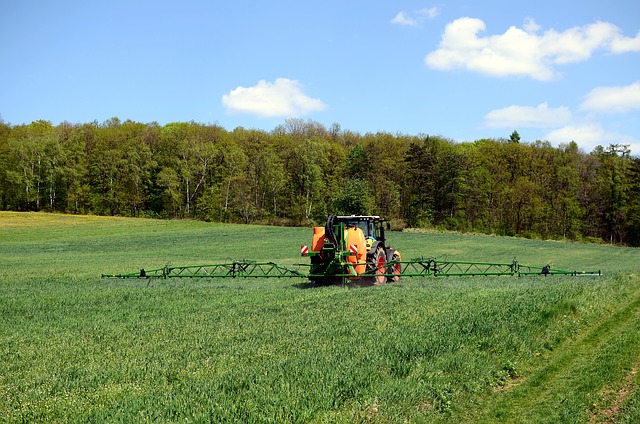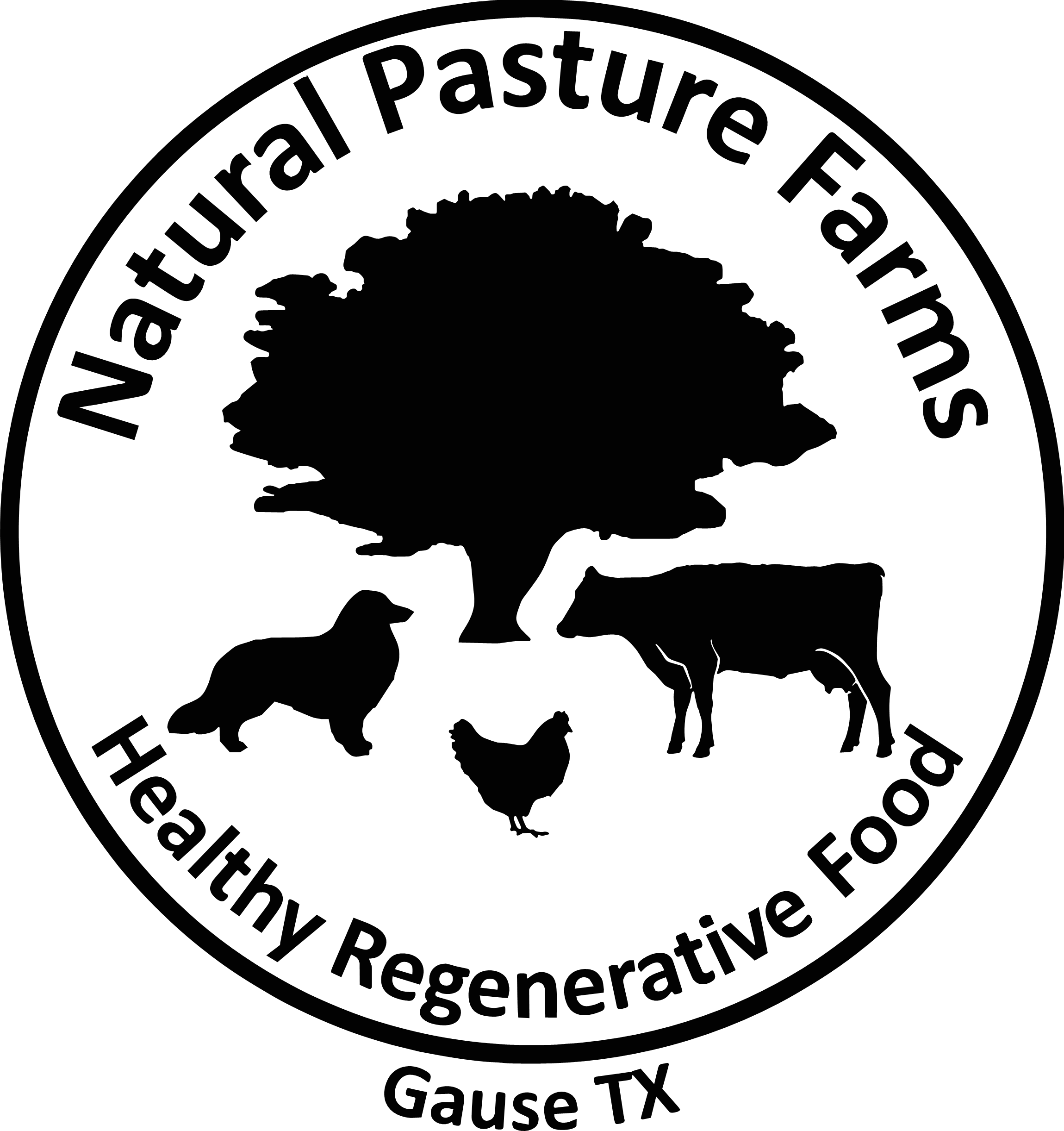Going Beyond Organic
The importance of Regenerative Agriculture
Introduction
While organic agriculture is a step in the right direction, it is important to understand the current organic standards and how we can go beyond them to create a more sustainable and regenerative agriculture system. We are becoming increasingly conscious of the products we buy and the impact they have on the environment and their health. As a result, the demand for organic products has increased.
The Current Organic Standard
The current organic standard defines organic agriculture as a system that avoids the use of synthetic fertilizers, pesticides, and other harmful chemicals. This approach to farming offers several benefits, including reduced use of harmful chemicals and increased soil fertility. However, we believe there are some limitations to the current organic standard, such as a lack of focus on soil health and animal welfare.

Understanding Regenerative Agriculture
Regenerative agriculture is a holistic approach to farming that focuses on improving the health of the soil and the ecosystem as a whole. This approach to agriculture prioritizes practices such as rotational grazing, multispecies grazing, and soil regeneration. The goal of regenerative agriculture is to create a self-sustaining system that mimics the natural processes found in healthy ecosystems.
The Benefits of Regenerative Agriculture
Regenerative agriculture offers numerous benefits for both the environment and human health. By improving soil health and reducing the use of harmful chemicals, regenerative agriculture can lead to increased nutrient-dense food that is better for human health. Additionally, regenerative agriculture can have a positive impact on the planet by reducing greenhouse gas emissions and improving soil health. Finally, regenerative agriculture can improve the health and welfare of animals by providing them with a more humane living environment and a more diverse diet.
The Importance of Soil Health
Soil health is at the heart of regenerative agriculture. Healthy soil is teeming with a diverse array of microorganisms, fungi, and other life forms that work together to create a vibrant and self-sustaining ecosystem. By focusing on soil health, regenerative agriculture can improve the overall health of the land, reduce erosion and improve water retention, and provide a better environment for plants to grow.

The Benefits of Rotational Grazing and Multispecies Grazing
Rotational grazing and multispecies grazing are two important practices in regenerative agriculture. By rotating animals through different fields, farmers can ensure that each area has a chance to rest and recover. This not only improves the health of the land, but also provides animals with a more diverse diet and a more humane living environment. Multispecies grazing, in which multiple species of animals are raised together, can improve soil health, reduce pest pressure, and provide a more natural and stress-free environment for animals.
Empowering Consumers to Make a Difference
Consumers have the power to make a difference in the way our food is produced. By choosing products from small farms that prioritize regenerative practices, consumers can support a more sustainable and regenerative agriculture system. Additionally, consumers can educate themselves on the importance of regenerative agriculture and spread the word to friends and family.

Conclusion
The future of agriculture is in our hands. By embracing regenerative practices, we can create a more sustainable, healthy, and transparent food system. Empower yourself and make a difference by choosing products from small farms that prioritize regenerative agriculture.
